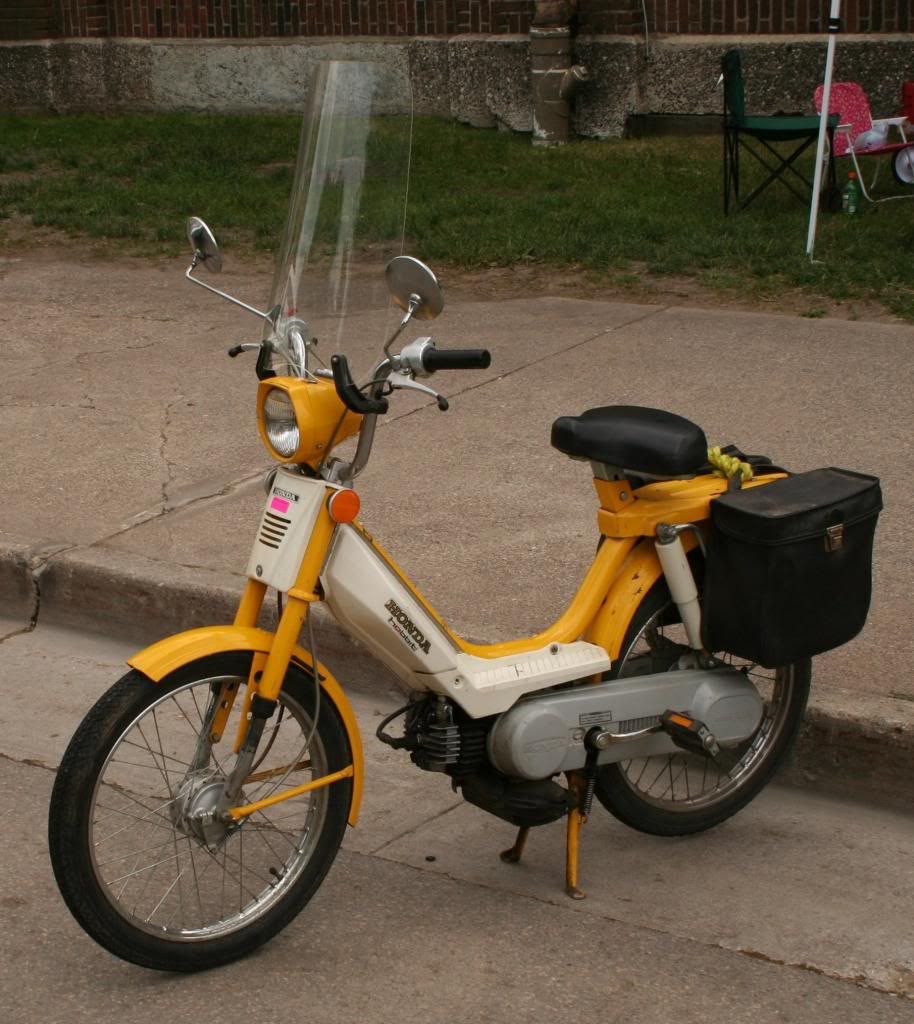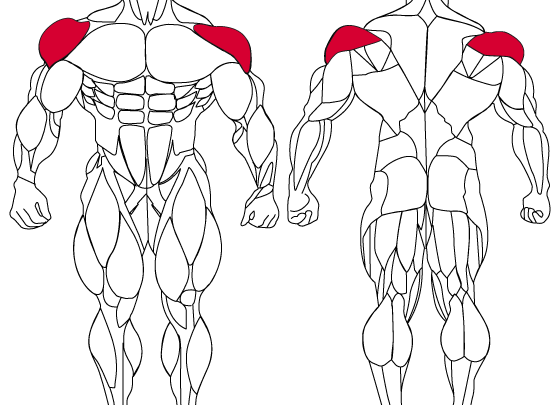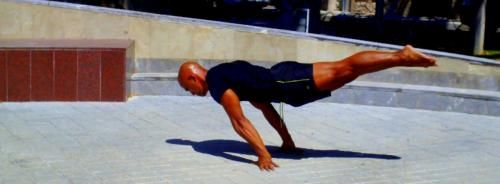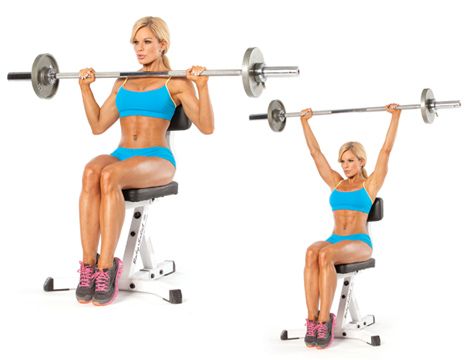First of all, I have to admit I have no direct scientific evidence of this…so I can’t prove a word of what I’m saying…but I know it’s true…its common sense. So with that disclaimer out of the way, here is why my motto is:
“Movement & Variety”
…and why bigger is better!
In exercise and the gym, there are 2 main different types of move: Isolation and Compound. Isolation: Where only a single joint and a single muscle group is used to perform a relatively simple move. A classic example is the bicep curl (I know I have a thing about bicep curls…just bare with me, ok?).

Here, every effort is made to use as few joints and muscles as possible. An extreme example is the “preacher” curl. Here you sit down, jam your arms in a frame and make sure the only part of your body that is working is your biceps. This means there is very little Movement & Variety. Examples of isolation exersices include:
- Bicep curl (elbow moved, biceps worked)
- Tricep kickback (elbow moved, triceps worked)
- Leg extension/curl (knee moved, quads/hamstrings worked)
- Lateral raise (shoulder moved, deltoids worked)

Now, when was the last time you looked at your biceps? If you are a bloke, it was probably about 5 minutes ago…and you can’t help but notice no matter how massively strong they are…they are still really quite small compared to other muscles like your legs, your chest, your lats, your abdominals or almost any muscle you care to mention! Now the way i think of it is this…each of the muscles in our body is like an internal combustion engine (like in a car). And like a car engine, our muscles burn fuel (calories) to work.
Now imagine a small muscle group working in isolation (eg your biceps during a preacher curl). This can be compared to a tiny 100 cc moped engine working by itself. Not much fuel (calories) are being used and not much impact is being made on the surrounding environment.

Compound: This is where multiple joints and muscles are used in coordination with each other to perform a relatively complex move. A classic example is the squat, where your hips, knees and ankles all bend together, and your spine has only itself to ensure it stays aligned and upright. This means there is a lot of Movement & Variety. Examples of compound exercises include:
- Press ups (elbow & shoulder moved, triceps, chest, abdominals, quads worked)
- Pull Ups (elbow & shoulder moved, lats, deltoids, biceps, forearms, abdominals worked)
- Deadlift (ankle, knee and hips moved, quads, hamstrings, gluteals, spinal erectors, forearms, abdominals worked)
- Squats (ankle, knee & hips moved, quads, hamstrings, gluteals worked)
- Standing sholder press (shoulder & elbows moved, deltoids, triceps, adbominals, spinal erectors worked)
Now, when was the last time you looked at your legs? Do me a favour and just compare the size of your arms to your legs. Do it now. Your arms are a fraction the size of your legs. So imagine large muscle groups, doing more work, requiring more fuel and working in coordination with each other (eg all your leg, bum and body muscles during a squat). This can be compared to big artic lorry engine working in convoy with many other artic lorry engines! It is burning loads of fuel (calories) and making a massive impact its environment. And because more muscle groups are playing, the work that can be done is greater (it is being shared out over your body). And with the greater workload, your body adapts faster and to a greater degree.

So when I show new people round the gym I work at, I show them the instructions next to the resistance machines. It colours in red which muscles are being used on this particular machine. My best advice to them is always:
“Use the machines with the most red on it”
This will not only use the big, sexy strong muscles we all know and love (biceps, lats, quads etc) but also all the boring, dull but essential ones that we ignore (eg the rotator cuffs and stabilising muscles that don’t do anything more important than keep our body from falling apart!).
And in fact, as soon as they have got used to the machines, I try to make sure they do as many bodyweight and free weight exercises as possible. These use loads more muscles in complex ways requiring more calories to be used up and more importantly, more coordination from the rest of the body!
Humans are notoriously crap at recognising the boring but important bits of complex systems. We see and concentrate on the sexy flashy bits (like bankers selling mortgages to people without the money to pay them back)…but we forget the boring but essential bits (like bankers selling mortgages to people without the money to pay them back).
If all we do is little isolation exercises (like bicep curls) then we will improve a small and relatively unimportant muscle, our bodies won’t improve its coordination, we will miss out lots of vitally important (but unsexy) muscles, but get good at bending our elbows and not much else.
 If though, we do big, compound moves and practice big Keystone Abilities, then we will improve the strength, tone, stability and resilience of virtually our whole body. And we will improve almost every move we make, from the dull, boring yet vital “getting out of the chair” to the incredibly sexy and hard “planche”.
If though, we do big, compound moves and practice big Keystone Abilities, then we will improve the strength, tone, stability and resilience of virtually our whole body. And we will improve almost every move we make, from the dull, boring yet vital “getting out of the chair” to the incredibly sexy and hard “planche”.
So the moral to this long winded story is this:
if you want to burn more calories, make your body more practical, more injury resistant, stronger and better looking to the opposite sex
“make large compound exercises involving large complex moves the core of your workout”.
Only do little isolation exercises as an “optional extra” tagged onto the end of your workouts. They take much longer and they produce far fewer results.
 If you are unsure about starting doing compound exercises, there is a very simple first step…stop doing exercises sitting on a bench! If it is at all possible or feasible to do an exercise on your feet, then do it on your feet. No more “seated shoulder presses” and stuff like that!
If you are unsure about starting doing compound exercises, there is a very simple first step…stop doing exercises sitting on a bench! If it is at all possible or feasible to do an exercise on your feet, then do it on your feet. No more “seated shoulder presses” and stuff like that!